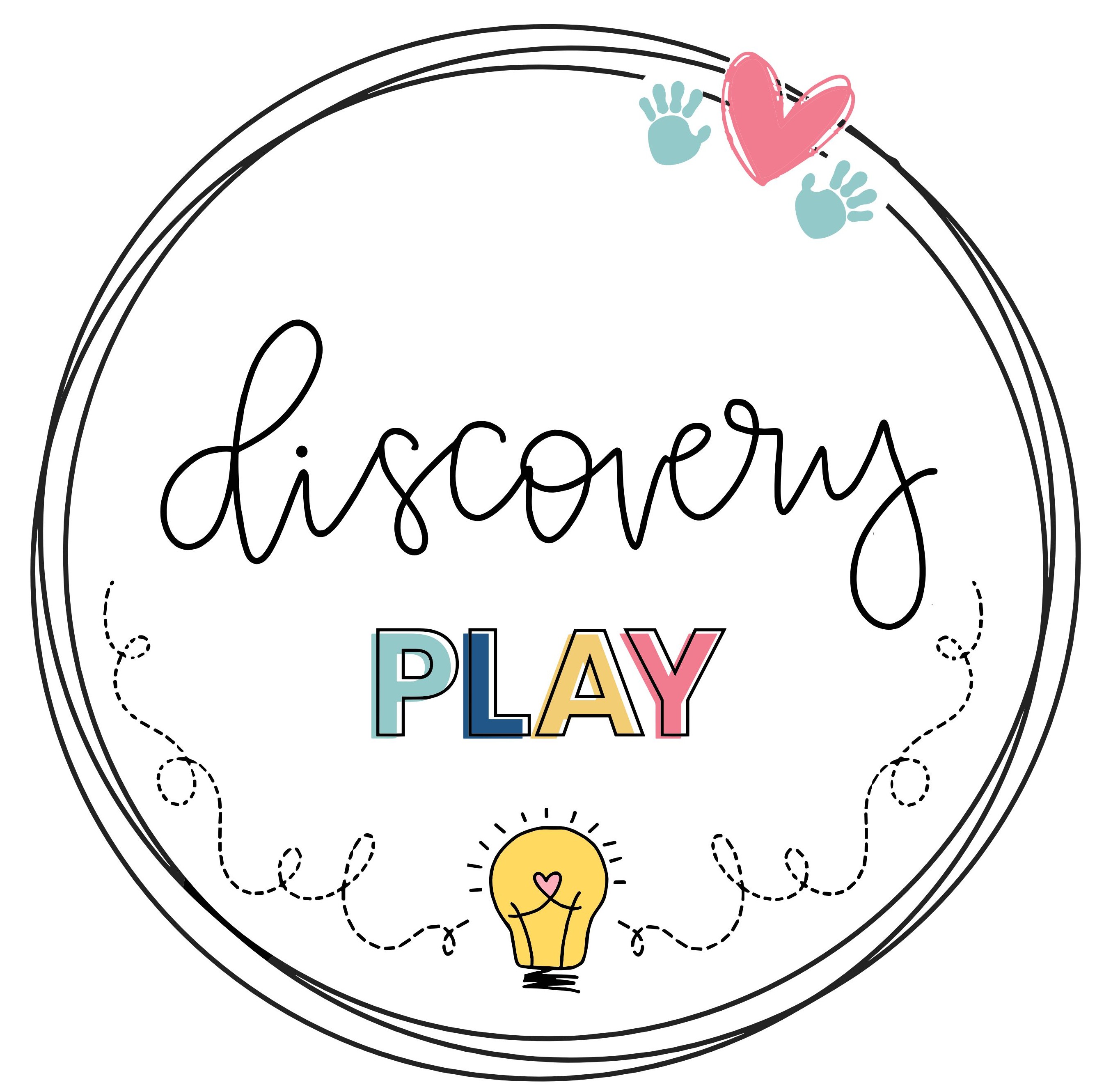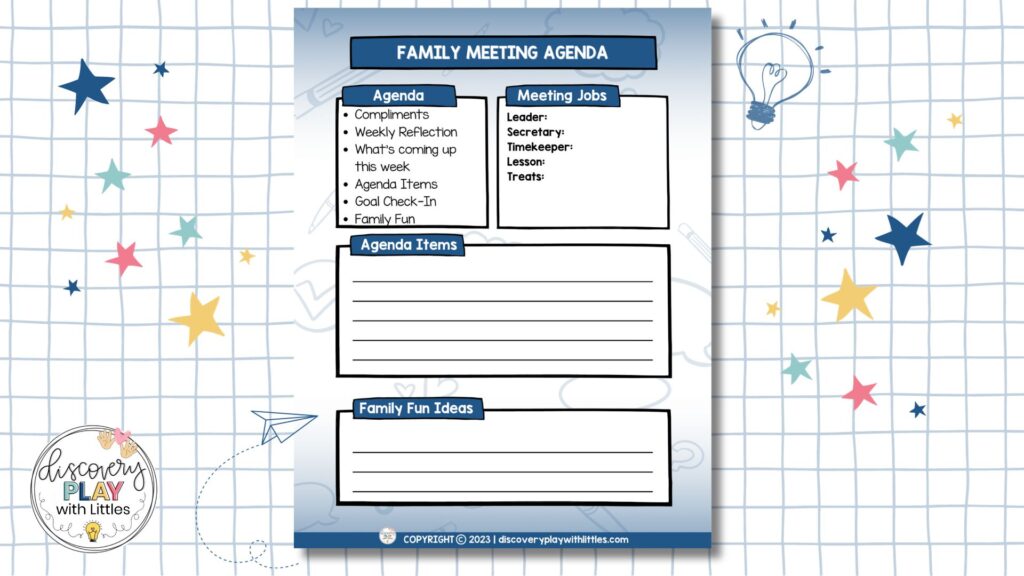I heard screams from the living room…
“NO! I had it!”
“It’s MINE!”
They were getting louder by the second. My first reaction is to go in there and yell to stop screaming. Have you ever tried that? Fair warning:
It doesn’t solve any problems.
It doesn’t strengthen our relationship.
It doesn’t give them the power to solve their problems either.
And it most definitely does not model for them an appropriate way to handle frustration or solve problems.
So this time, I decided to try something different.
I walked into the living room and took a minute to see what was happening.
Then, instead of yelling, I took a breath and simply stated “It looks like you two are having a problem. Can you think of what we need to do to solve it?.”
And I walked out of the room.
Guess what happened.
They stopped screaming. And pretty soon I heard “I have an idea, what if I take a turn, and then, you take two turns. Then I take two turns.”
“OK!” And they went on their merry way. Happily playing together.
We’ve been modeling for months how to solve problems—respecting EVERYONE’s solutions. We’ve been strengthening our problem-solving skills in our family meetings.
Throughout the week, I write problems we experience in a notebook, and on Sunday, we discuss them in our weekly family meetings. It has been a game-changer in a lot of ways.

Proven reasons family meetings are important
Weekly meetings where we sit down and talk about our problems? It feels a bit long, emotional, and responsive. That doesn’t sound like anything I’d like to participate in.
I didn’t grow up with regular family meetings, so when I decided to try them, I had no idea where to start or what they should look like.
After using them for several months though, we’ve discovered the many benefits of family meetings, and why they’re such a powerful tool for families.
> Family meetings build connection and closeness, life skills, and teach your family members their voice is important.
>Family meetings are a great way to instill family values. They are the perfect time to not only solve problems but prepare your children for situations they may encounter.
> Family meetings teach them the correct ways to solve problems with siblings (instead of just screaming at them and slamming doors).
So…how do you start family meetings?
Starting regular family meetings can be a bit overwhelming. It’s hard to know how to hold successful family meetings if you didn’t grow up with them yourself.
What are the most important things to put on the agenda? What should the time limit be? What do I do if we can’t agree?
Sure, you want the open communication and practice with problem-solving skills that family meetings provide, but it can be overwhelming to start. After all, can you even hold a meeting with a toddler?
Yes, you can.
They can be short, 10-15 minutes, and don’t have to be perfect. Starting them when your children are even babies can set a strong routine in place of solving family problems together and creating connection.
Step 1: Choose a time for your family meetings. Family meetings should not be longer than 15 minutes, so the whole family can be present and engaged. It’s ok if you don’t get to everything on the agenda. The meeting is not meant to be long and drawn out.
Step 2: Decide your ground rules, and make everyone aware of expected behavior for family meetings. No interrupting, kind words, and be respectful is a good place to start. Talking sticks can be great for this.
Step 3: Prepare an agenda. When you start, keep it simple. The first week simply talk about the rules and what a compliment is. Practice giving compliments to each other.
Add one section in a week. We like to give compliments to all family members, discuss family problems, and have some family fun.
We usually talk about our weekly schedule, and for older kids, asking for their help or opinions on meals can be a good thing to discuss. Remember, there is no right or wrong way to do this. Find what works for your family.
Family meeting agenda items
There are so many agenda items you could include in your family meeting. It doesn’t have to be anything complicated and there is no one right way to hold a family meeting.
A Family Meeting Agenda could include:
Compliments/Expressions of Gratitude
Weekly Reflection and Planning for the Week Ahead
Problem Solving
Family Fun (to end the meeting)

Here’s a Few Tips for Meetings
- Try not the lecture: Family meetings are a place for an open discussion.
- Limit the time for short attention spans
- Don’t try to get to every problem, start small, especially in the beginning
- Have a plan so everyone feels heard: take turns, use a talking stick, go around the table, etc
- Establish rules for the meeting together
- Have a plan for what to do if the rules aren’t followed
Sticking with family meetings is the hardest part. Getting the entire family together for a dedicated time of conflict resolution and connection can be tricky with sports practices, music lessons, play dates, and busy schedules.
But completely worth it!
Don’t forget to grab your FREE Family Meeting Template by clicking here.
Want more?
If you’re looking for help starting your family meetings, check out Family Meetings Made Simple Toolbox.
You see, having a family meeting plan is a game changer, one that will help your kids have buy-in, create more harmony in your family and even create a sense of belonging and significance for all family members.
And that’s exactly what Family Meetings Made Simple offers.
Each easy-to-follow page includes instructions and templates you can start using right away so family meetings are actually worth your time.
No spending hours figuring out what to plan for your family meetings, all done for you in a simple-to-understand and engaging format.

